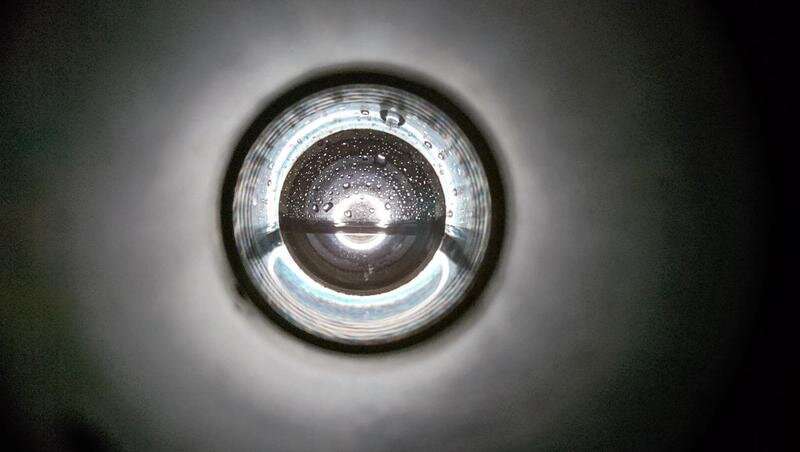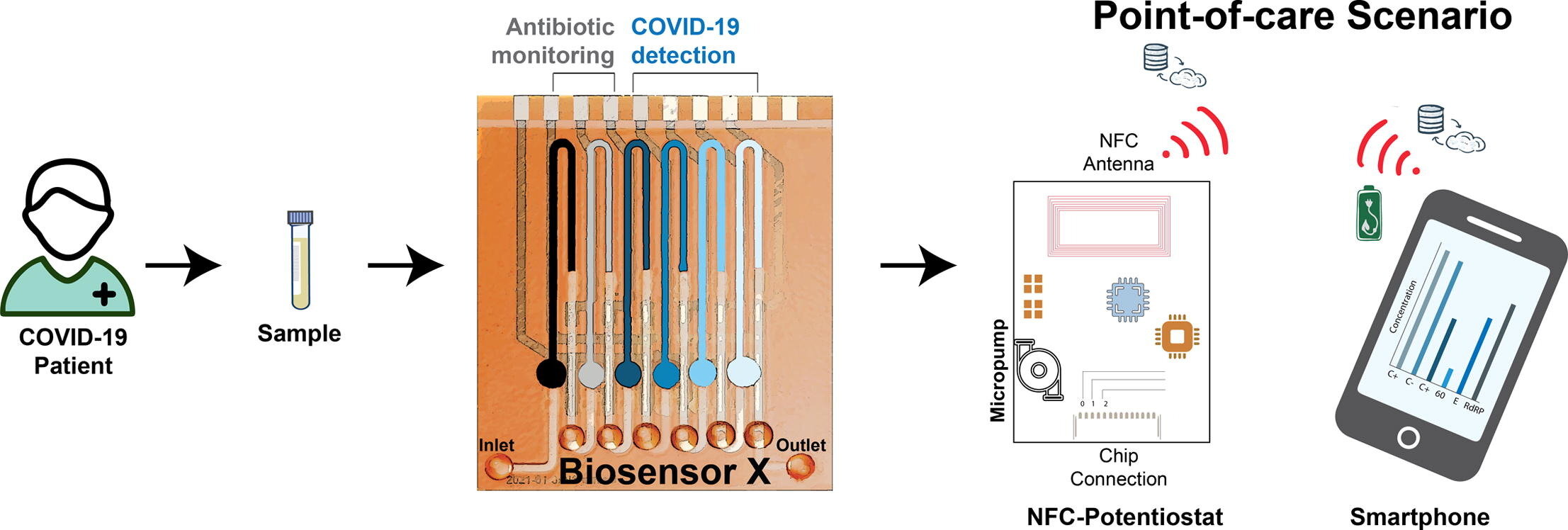#Potential beginning of life simulated in lab
“#Potential beginning of life simulated in lab”

Did life originate underground? Scientists at the University of Duisburg-Essen (UDE) have substantiated their theory that life could have begun deep in the Earth’s crust. In their experiments, structures that were inanimate developed survival strategies within a short time.
In the beginning, there was the vesicle: A self-generated bubble similar to a soap bubble, enclosed by a membrane. It was surrounded by a liquid according to the recipe of the primeval soup, with a temperature of 40 to 80°C and increased pressure. Those are the conditions as they existed some 3.8 billion years ago and still do today—far down in the Earth’s crust.
With this experimental setup, chemist Christian Mayer from the Center for Nanointegration (CENIDE) and geologist Ulrich Schreiber, also a professor at the UDE, have simulated water-filled crevices in the Earth’s bowels as well as geothermal sources. In their laboratory experiment, they created and disintegrated a total of 1,500 vesicle generations within two weeks.
The researchers discovered that some vesicles survived the generation change because they had embedded certain protein precursors from the primordial soup into their membrane. This made them more stable, smaller and—most importantly—their membrane became slightly more permeable.
Forwarding functions to subsequent generations
“We concluded that this way, the vesicles were able to compensate for destructive pressure. As a survival strategy, if you will,” explains Mayer. Even if such a vesicle was destroyed, the next generation took up the protein structure. In this way, it adopted a function from its predecessors—similar to classical inheritance.
Mayer and Schreiber are certain that they have at least shown the way to a preliminary stage of life. “As we have simulated in time-lapse, billions of years ago, such vesicles might have become stable enough to come to the surface during geyser eruptions,” said Schreiber. Over time, other functions might have been added until the first cell was formed.
Mayer summarizes: “We suspect that this type of molecular evolution in depth took place parallel to other mechanisms or temporally displaced from them.”
Mayer and Schreiber’s book, “The First Cell—The Mystery Surrounding the Beginning of Life,” will be published in July 2020.
Provided by
Universität Duisburg-Essen
Potential beginning of life simulated in lab (2020, June 12)
retrieved 12 June 2020
from https://phys.org/news/2020-06-potential-life-simulated-lab.html
This document is subject to copyright. Apart from any fair dealing for the purpose of private study or research, no
part may be reproduced without the written permission. The content is provided for information purposes only.
If you want to read more Like this articles, you can visit our Science category.
if you want to watch Movies or Tv Shows go to Dizi.BuradaBiliyorum.Com for forums sites go to Forum.BuradaBiliyorum.Com



